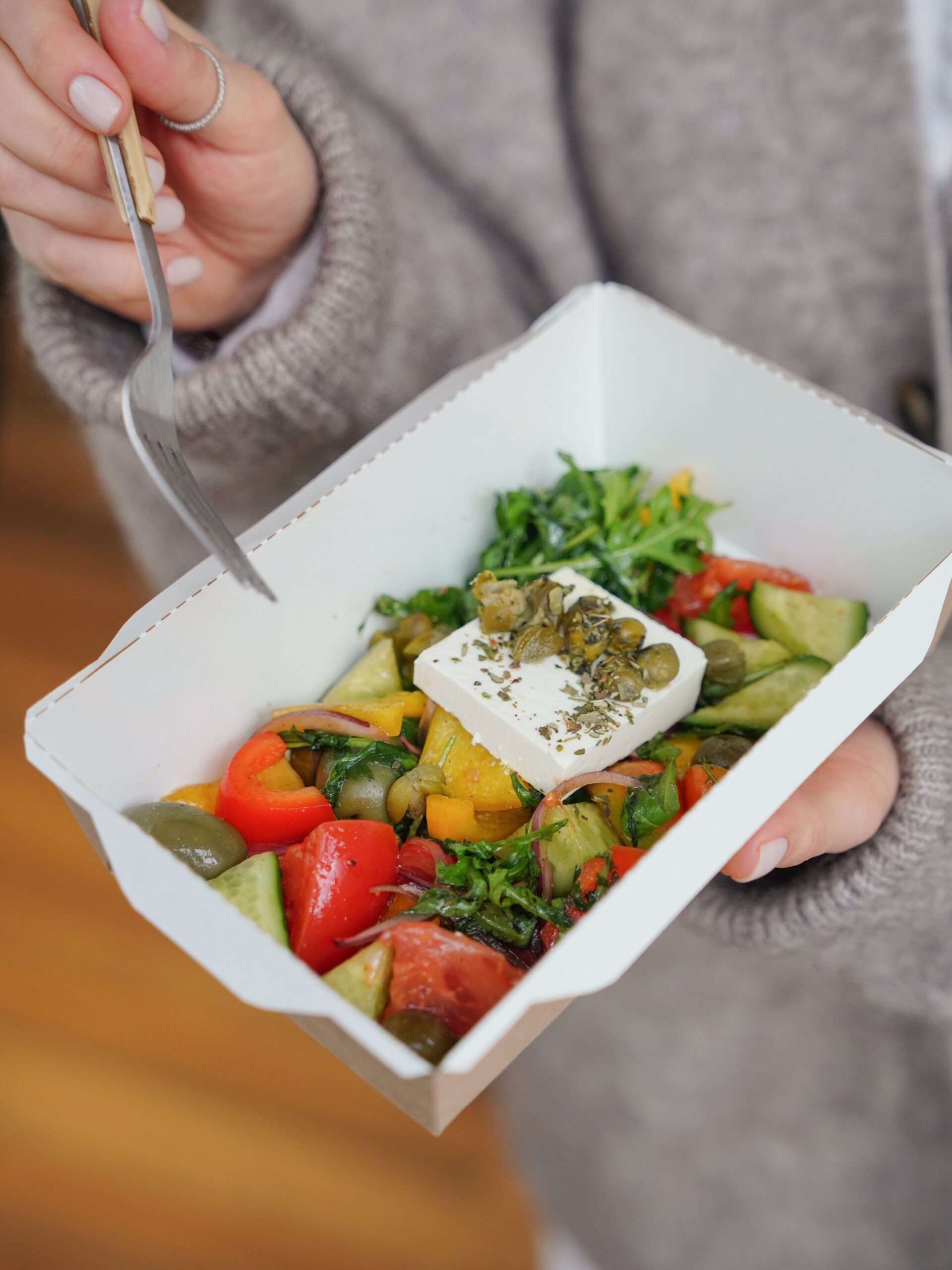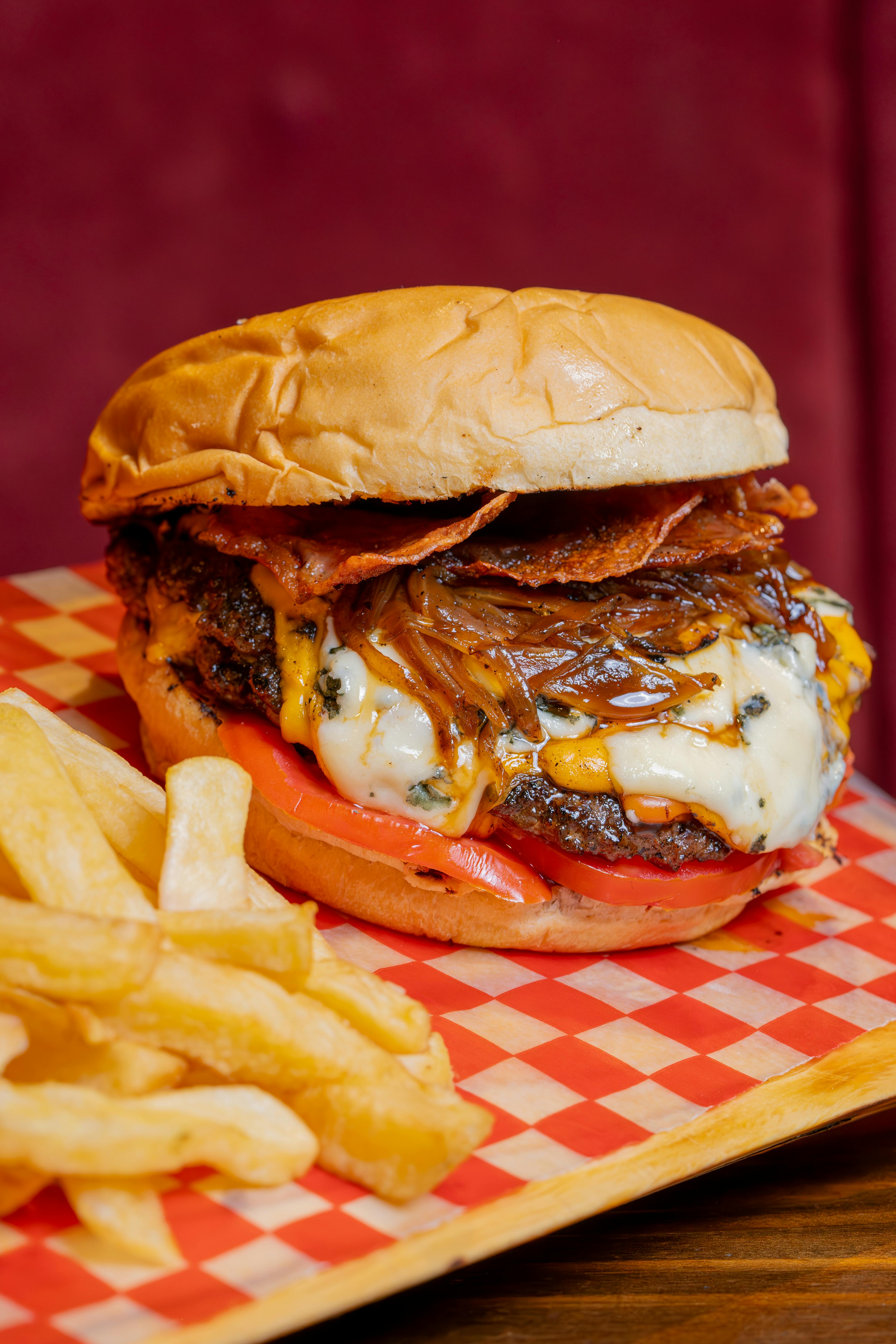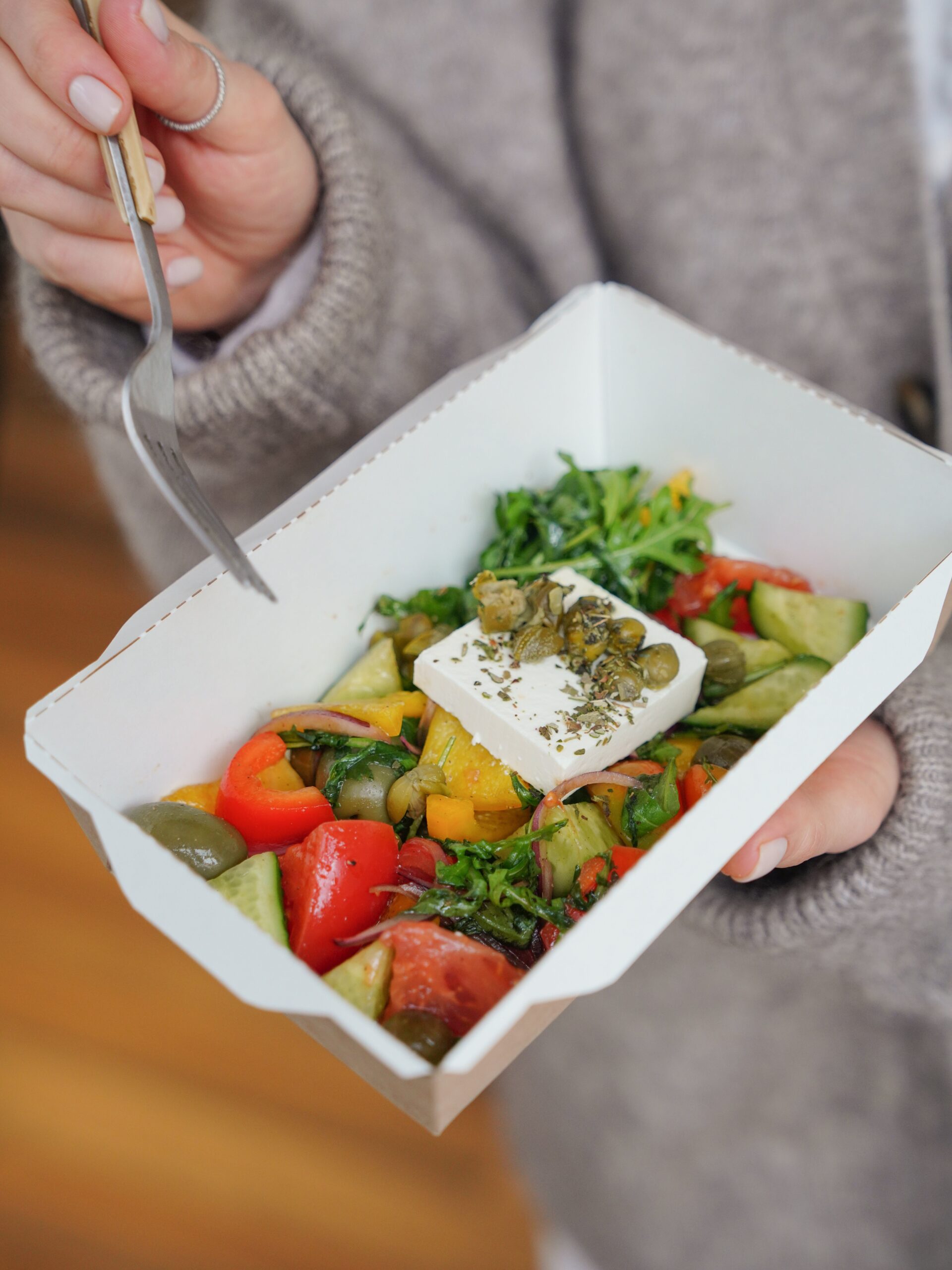In the world of culinary craftsmanship, the art of cheese graters holds an important place. From zesty Parmesan to gooey cheddar, this essential tool allows us to effortlessly add a sprinkle of deliciousness to our favorite dishes. But did you know that there is a wide variety of cheese graters available, each designed for specific types of cheese and grating styles? In this article, we will explore the different types of cheese graters and the various grating techniques that can elevate your cooking to a whole new level. Get ready to discover the secrets behind perfect cheese grating!

Different Types of Cheese Graters
When it comes to grating cheese, having the right tool can make all the difference. There are various types of cheese graters available on the market, each with its own unique design and features. In this article, we will explore five different types of cheese graters and discuss their advantages and disadvantages. Whether you’re a professional chef or a home cook, understanding these options will help you choose the best grater for your needs.
Box Grater
Description
The box grater is a classic kitchen tool that most people are familiar with. It is made of stainless steel and features four sides with different grating options. One side typically has large holes for coarse grating, while the other three sides have smaller holes for fine, medium, and slicing grating. The grater is built into a box-like shape, with a handle on the top for easy grip.
Advantages
One of the main advantages of the box grater is its versatility. With four different grating options, you can use this grater for a wide range of ingredients, including cheese, vegetables, and even chocolate. The box shape also ensures that the grated ingredients stay contained within the grater, minimizing mess and making it easy to transfer the grated cheese to a bowl or plate.
Disadvantages
While the box grater is versatile, its size can sometimes be a drawback. The large design makes it difficult to store in a small kitchen or drawer. Additionally, the sharp blades on the grater can be dangerous if not handled properly. Care should be taken when using and cleaning the box grater to avoid any accidents.

Microplane Grater
Description
The microplane grater is a newer addition to the world of cheese graters. It features a long, narrow blade with small, sharp teeth. The grater is made of stainless steel and has a comfortable handle for easy use.
Advantages
The microplane grater is perfect for achieving a fine, delicate grate on cheeses and other ingredients. Its small teeth create a fine texture that is perfect for garnishing dishes or adding a subtle hint of cheese to recipes. The narrow blade also allows for precise grating, making it ideal for zesting citrus fruits as well.
Disadvantages
While the microplane grater excels at fine grating, it may not be the best option for larger grating tasks. Its narrow design and small teeth make it less effective for grating larger quantities of cheese. Additionally, the sharp teeth require careful handling to avoid any injuries while grating.
Rotary Grater
Description
The rotary grater is a unique type of grater that operates using a rotating drum. It typically consists of a cylindrical drum with sharp blades on the inside and a handle on the top. To grate cheese, you simply turn the handle, and the cheese is pushed through the blades, resulting in finely grated cheese.
Advantages
One of the main advantages of the rotary grater is its ease of use. The rotating drum makes grating cheese a breeze, requiring less effort compared to other types of graters. The grated cheese also stays contained within the drum, reducing mess and making it easy to transfer to a dish or recipe.
Disadvantages
The main disadvantage of the rotary grater is its limited versatility. It is primarily designed for grating hard cheeses, and may not be suitable for softer or larger cheeses. The size of the grater can also be a drawback, as it may be difficult to store in a small kitchen.

Handheld Grater
Description
The handheld grater is a compact and portable option for grating cheese. It typically features a flat grating surface with sharp blades and a handle for easy grip. Handheld graters come in various sizes and designs, but all share the common purpose of grating cheese.
Advantages
The handheld grater is a convenient option for small grating tasks. Its compact size makes it easy to store in a drawer or hang on a kitchen hook. It is also versatile, allowing you to grate cheese directly over a dish or recipe, minimizing clean-up. Handheld graters are also often more affordable compared to other types of graters.
Disadvantages
While the handheld grater offers convenience and affordability, it may not be the best option for larger grating tasks. Its smaller size and flat surface make grating large quantities of cheese more time-consuming compared to other types of graters. Additionally, the sharp blades require caution when handling to avoid any accidents.
Electric Grater
Description
For those who prefer an even easier grating experience, the electric grater is the way to go. This type of grater eliminates the need for manual effort, as it features a motorized grating mechanism. Electric graters come in various designs, including handheld models and larger countertop models.
Advantages
The main advantage of the electric grater is its convenience and efficiency. With just the push of a button, you can grate large quantities of cheese in a matter of seconds. Electric graters are also often multi-functional, allowing you to grate other ingredients such as vegetables or nuts. Some models even come with different grating attachments for various textures.
Disadvantages
The primary disadvantage of the electric grater is its cost. Electric graters tend to be more expensive compared to other types of graters. They also require electricity to function, which may not be ideal for those who prefer manual tools or have limited access to power outlets. Additionally, some models may be more difficult to clean compared to traditional graters.
Different Grating Styles
Now that we have explored the different types of cheese graters, let’s discuss the various grating styles they can achieve. Each grating style offers a different texture and is suited for specific culinary needs.
Fine Grate
Description
The fine grate is the finest grating style, resulting in a fluffy, powdery texture. It is perfect for recipes that require a smooth and even distribution of cheese, such as pasta dishes or risottos.
Best Uses
The fine grate is ideal for garnishing dishes, adding a light dusting of cheese on top for visual appeal and flavor enhancement. It is also commonly used for recipes that require the cheese to melt quickly, as the fine texture ensures even melting.
Cheeses Suitable
Cheeses that are suitable for fine grating include Parmesan, Pecorino Romano, and aged cheddar.
Medium Grate
Description
The medium grate is a slightly coarser grating style that results in thicker strands of cheese. It offers more texture and is suited for recipes that call for a more pronounced cheesy flavor.
Best Uses
The medium grate is perfect for recipes that require the cheese to melt slowly, as the thicker strands provide a chewier texture. It is often used in baked dishes, such as lasagna or casseroles, where the cheese is meant to retain its shape while melting.
Cheeses Suitable
Cheeses that are suitable for medium grating include mozzarella, Gouda, and Gruyere.
Zesting
Description
Zesting is a grating style primarily used for citrus fruits, such as lemons, limes, and oranges. It involves removing the outer colored layer of the fruit, known as the zest, which adds a burst of flavor to dishes.
Best Uses
Zest is commonly used as a garnish on desserts and cocktails, adding a fragrant and tangy touch. It can also be used in savory dishes to brighten flavors, such as in salad dressings or seafood dishes.
Cheeses Suitable
While not directly related to cheese grating, it is worth mentioning that zest can be combined with grated cheese to create unique flavor combinations. Lemon zest pairs well with Parmesan, while orange zest complements aged Gouda.
In conclusion, cheese graters are essential tools for any kitchen. Understanding the different types and grating styles will help you choose the right grater for your culinary needs. Whether you opt for a classic box grater, a versatile microplane grater, or a convenient electric grater, these tools will make grating cheese a breeze. So go ahead, explore the world of cheese graters, and elevate your cooking to the next level. Happy grating!

